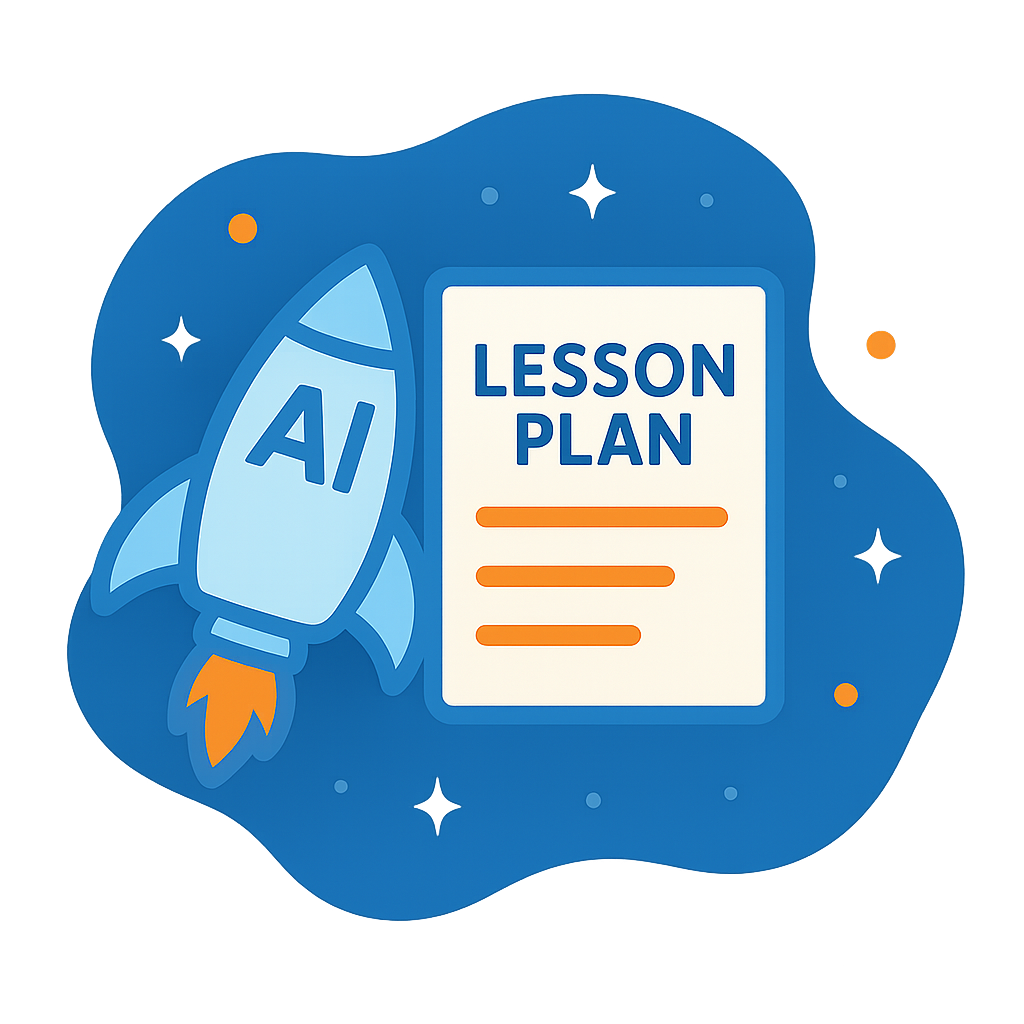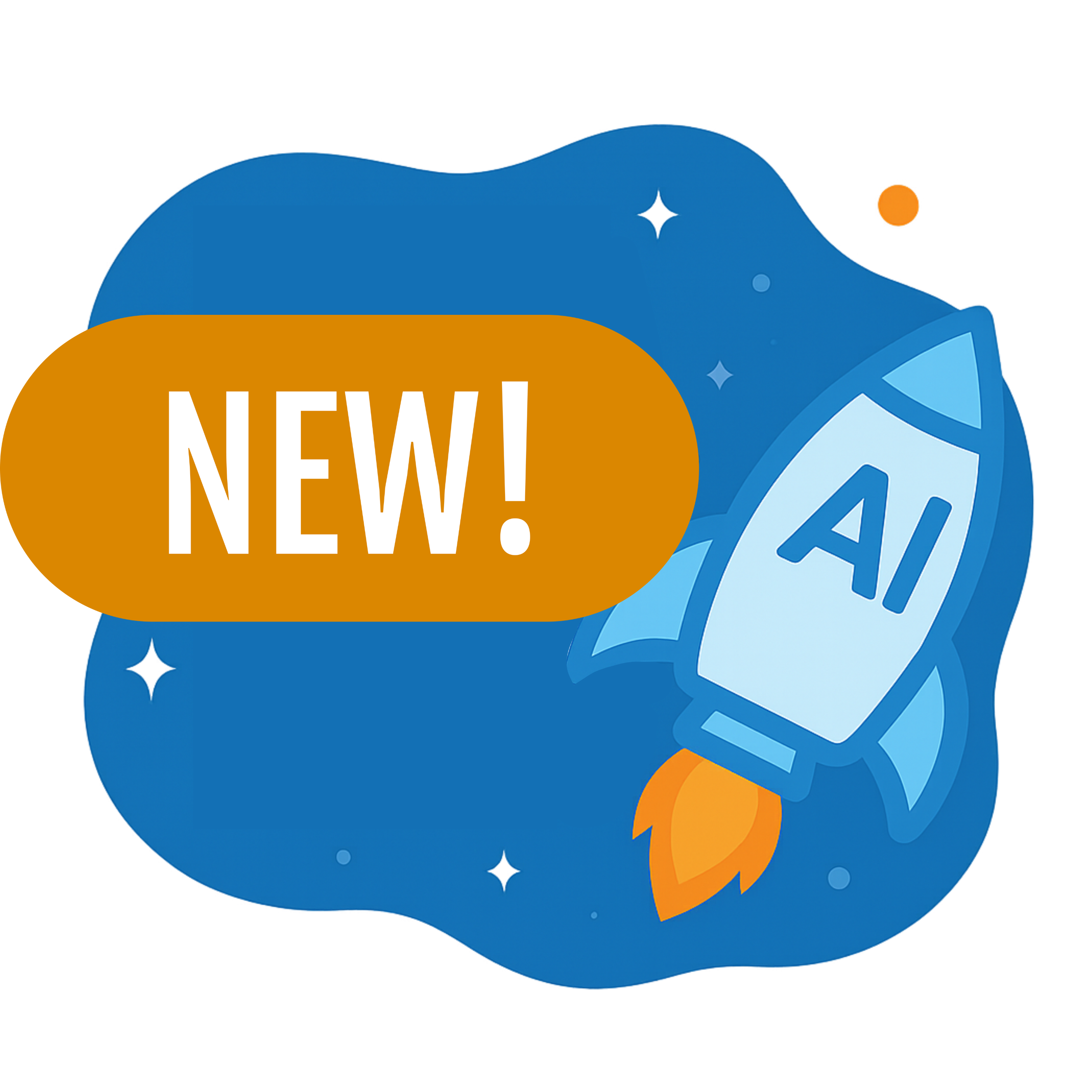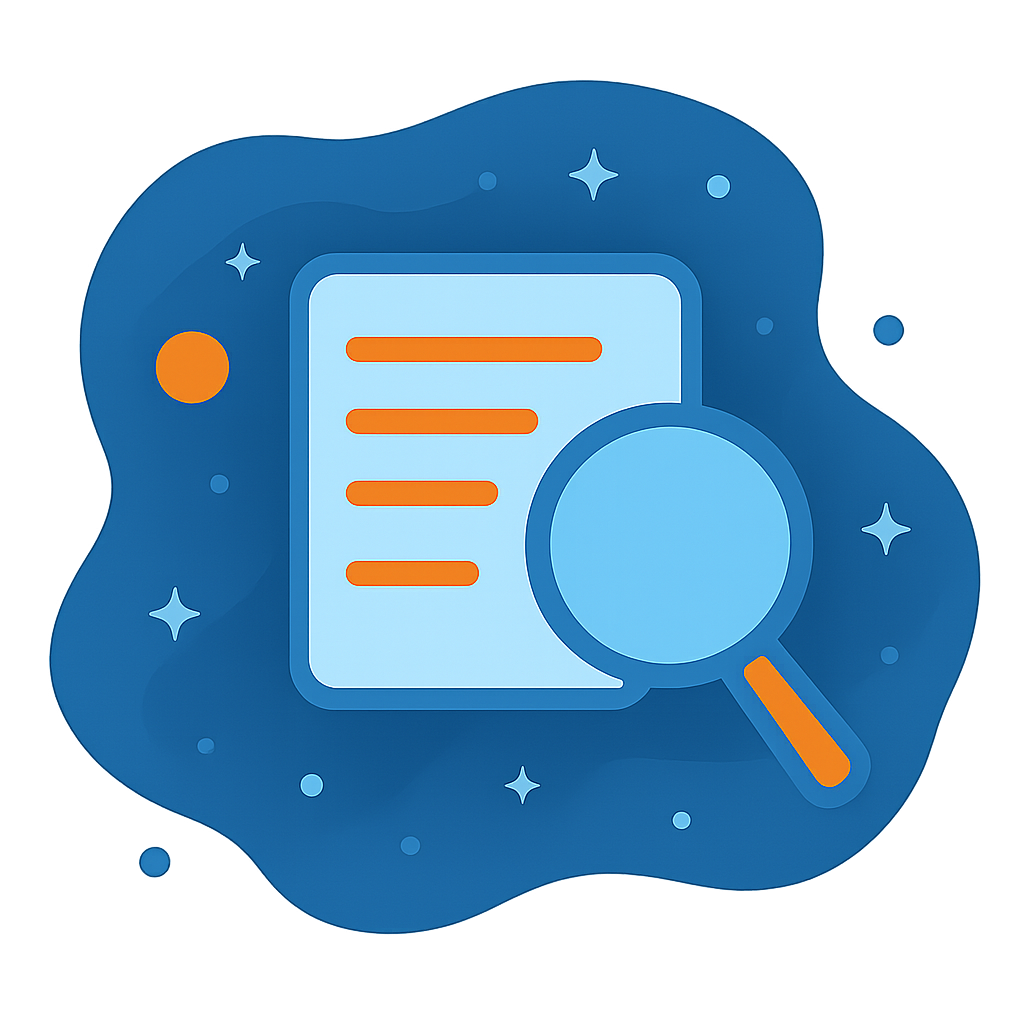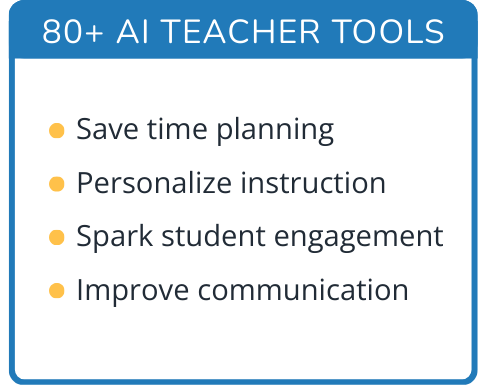Hi, what do you want to do?
NASA
Exploration of a Problem: Making Sense of the Elements
When given too much data to simply memorize, it helps to sort it into manageable groups. The second lesson in the six-part series of Cosmic Chemistry challenges groups of pupils to take a large amount of data and figure out how to best...
American Museum of Natural History
Beyond Planet Earth
Scholars take a journey through space with 16 eye-catching images. Along the way, learners read captions starting with the moon, then move onto asteroids, Mars, and Jupiter.
Curated OER
Return to the Moon
Students react to statements about space exploration, then read a news article about plans to resume manned flights to the moon. In this space science and current events lesson, the teacher introduces the article with a discussion and...
PBS
Robo Arm
Future engineers create robotic arms like those on rovers built by NASA in the second lesson of the series. They test their devices by attempting to pick up and move cups to a specified location.
Florida International University
Simulating Microgravity with Buoyancy
How do astronauts know how to live and work in a weightless environment? It doesn't come naturally! Junior physicists conduct experiments to examine the link between buoyancy and microgravity. Each activity illustrates a different aspect...
Voyage Solar System
Round and Round We Go — Exploring Orbits in the Solar System
Math and science come together in this cross-curricular astronomy lesson plan on planetary motion. Starting off with a hands-on activity that engages the class in exploring the geometry of circles and ellipses, this lesson...
Journey Through the Universe
A Scale Model Solar System
Between the time scientists discovered Pluto and reclassified it as a dwarf planet, it did not even make one full revolution around the sun. In two activities, scholars investigate scale models and their properties. Pupils find that it...
BioEd Online
Arm Model
Arm your young scientists with knowledge about anatomy as they build their own model of the elbow joint. Help them get a firm grasp on how muscles and bones interact to allow movement as they try different positions for the muscles on...
Teach Engineering
Android App Development
Building an accelerometer app for your Android device. Groups develop an app that uses the accelerometer on an Android device. The purpose of the activity is to reinforce the programming design. The post activity assessment challenges...
CK-12 Foundation
Journey to Mars
Why are there launch windows when traveling to outer space? Scholars explore the trajectory of traveling from one planet to another. By adjusting the departure and destination planets, as well as the launch date, they observe the ideal...
Curated OER
To Go Where No Student Has Gone Before
Eighth graders participate in interactive video teleconference with employees of NASA Johnson Space Center. Students visit inside of space station module, take video tour of Russian-built Service Module by Astronaut Bill Shepherd, visit...
Curated OER
The Lesson: Space Exploration
Students explore space. In this current events lesson plan, students visit selected websites to learn about NASA, Mars, the Seti Institute, and space exploration terminology. Students make space glossaries and their own telescopes.
Curated OER
Light Sport Aircraft Design Challenge
Students investigate aircraft design to learn many concepts of physics. In this aircraft design lesson, students use balsa wood and styrofoam to build an aircraft based on their study of wing designs, aviation, and through the use of an...
Curated OER
The Water Planet
Students use NASA photographs and hands-on activities to compare the amounts of land and water on our planet. They discover that the world has five oceans and that they cover seventy percent of Earth's surface. Students learn how this...
Curated OER
Solar Dynamics Observatory: Working with Giga, Tera, Peta and Exabytes
In this solar observatory worksheet, learners read about the solar observation data that NASA will be collecting. Students solve 6 problems related to the collection of data using computers to store the solar data using gigabytes,...
Curated OER
Rover Races
Young scholars identify the challenges encountered by astronauts in operating a planetary rover. In this space science lesson, students create a rover using their team members. They follow a command sequence from the driver and navigate...
NASA
Touchdown
Individuals design and build a set of shock absorbers to protect their astronauts when they land. Using a limited amount of supplies, pupils build a system that will keep two large marshmallows from flying out of a cup when it lands...
Curated OER
Where We've Been and Where We're Going
Students travel with Christa McAuliffe through space demonstrations. For this space lesson, students follow through the past to the present air travel. Students understand the benefits and problems associated with zero gravity and how it...
Curated OER
Coronal Mass Ejections
In this coronal mass ejections worksheet, students observe a time line of events that took place during a solar storm. Students use the time line to answer 3 questions about the solar storm and the time it took to reach Earth. Students...
Curated OER
Stellar Temperature, Size and Power
In this stellar temperature of stars worksheet, students use a given formula that relates the stellar light output with the surface area and temperature of a star to solve 3 problems. Students find luminosities of different stars and...
Curated OER
Navigation and Trajectory
Learners prepare a creative demonstration of how Earth and Mars revolve around the Sun. In this astronomy lesson plan, students determine the different challenges engineers face when building spacecrafts. They draw possible paths for a...
Chicago Botanic Garden
Seasons of a Plant
The third in a series of six lessons is an engaging three-part activity defines that discusses phenology, focusing on the cyclic seasons of plants. Pupils then observe phenology outside before determining how climate change can...
NASA
The Search for Critical Questions
A puzzle isn't about the individual pieces, but how they work together. Scholars assemble a puzzle and discover missing pieces. They write a description of what they expect these pieces to look like, including as many details as...
NASA
The Big Climate Change Experiment Lesson 1: Pre-Exploration
Most have heard of climate change, but what does it really mean? Scholars first answer a set of pre-assessment questions about climate change to help instructors gauge how much they know. They listen to a video lecture, watch a news...




























